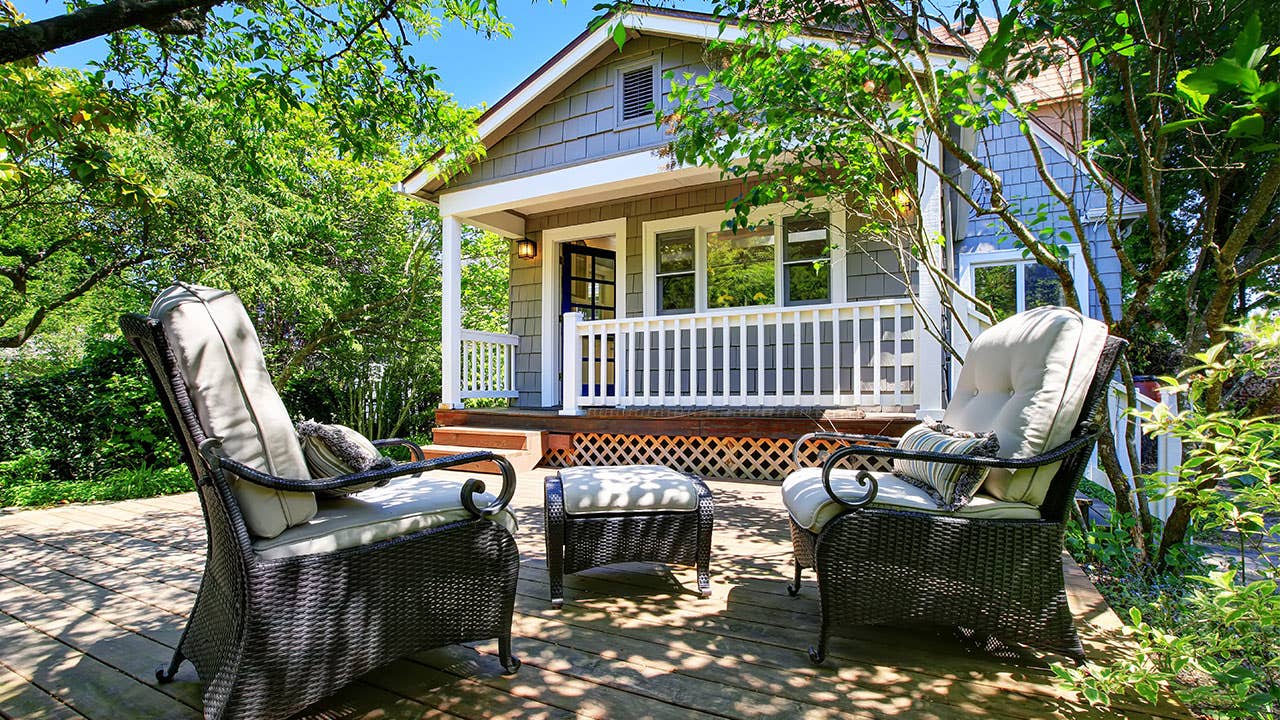
An adjustable-rate mortgage (ARM) comes with an interest rate that changes periodically. The advantage of a leg is the fact that it’s typically initially less expensive than a fixed-rate mortgage, keeping the monthly obligations more affordable at the start. The drawback, however, would be that the rate can move up and down, sometimes substantially, after the initial rate period ends.
What is an adjustable-rate mortgage?
ARMs have variable interest rates that change at predetermined times, such as twice yearly, based on the movement of the market index. Many mortgage lenders rely on the Secured Overnight Financing Rate (SOFR) to determine the adjustments.
One of the very most common types of ARMs is really a hybrid ARM, which will come with a fixed, usually lower rate for 3, five, seven or 10 years. Next fixed period, the rate can move higher or lower. The rate can’t rise indefinitely, however. There are caps on how much the rate can move up in every interval well as over the life of the loan.
ARM loan requirements 2022
ARMs have much the same borrower requirements to fixed-rate mortgages, although qualifying for just one can be harder if your income isn’t sufficient to weather an upward rate adjustment. Here are the fundamentals:
- ARM credit score: If you’re interested in a regular ARM, you’ll need a credit rating of at least 620 to qualify. FHA ARMs possess a lower threshold: 580. VA ARMs don’t have a blanket credit rating requirement, but many VA lenders search for at least 620.
- ARM debt-to-income (DTI) ratio: Generally, the DTI ratio to have an ARM can’t exceed 50 %. Borrowers are qualified for ARMs according to ability to cover a higher monthly payment, not the initial lower payment, so if you have many other debt payments along with a lower income, you will possibly not qualify.
- ARM down payment: A regular ARM requires at least Five percent of the home’s cost for any deposit. An FHA ARM requires at least 3.5 percent. There’s no down payment requirement of a VA ARM.
- ARM loan limits: In 2022, you can get a conforming ARM for up to $647,200 (or around $970,800 if you reside inside a more expensive housing market). If you need a bigger mortgage than that, some lenders offer jumbo, or nonconforming, loans with adjustable rates. These may be been on higher amounts, for example $2 million or even more, they also require a higher credit rating and down payment to qualify.
As with every other mortgage, you’ll should be in a position to furnish evidence of employment and income. This includes pay stubs, tax returns, W-2s and paperwork about any other causes of income, such as supporting your children.
What about ARM disclosures?
Aside from the criteria you because the borrower have to meet, ARM lenders are also necessary to offer you disclosures before you close the loan, and subsequently in advance of rate changes. This documentation helps you understand how your ARM is structured, whether you are able to convert it to some fixed-rate loan later on and just how adjustments will affect your monthly payment.
Bottom line
The requirements to be eligible for a an adjustable-rate mortgage (ARM) versus a fixed-rate loan aren’t all that different, but there are several nuances. For example, a conventional ARM needs a minimum of Five percent down, compared to just 3 percent for any comparable fixed-rate mortgage. You might also need a higher income to determine that you could, in fact, pay the monthly payments if the rate on your ARM would adjust up. Whichever type of mortgage you apply for, be prepared to provide proof of employment, income and savings.
ON THIS PAGE
- Adjustable-rate mortgages explained
- ARM loan requirements
- ARM disclosures








